Rainbow’s End
A Museum Exhibition
from the Future
2017 — 2018

Hotel Hotel (Logo by Round)
![]() Artwork & Photo by Peachey & Mosig
Artwork & Photo by Peachey & Mosig
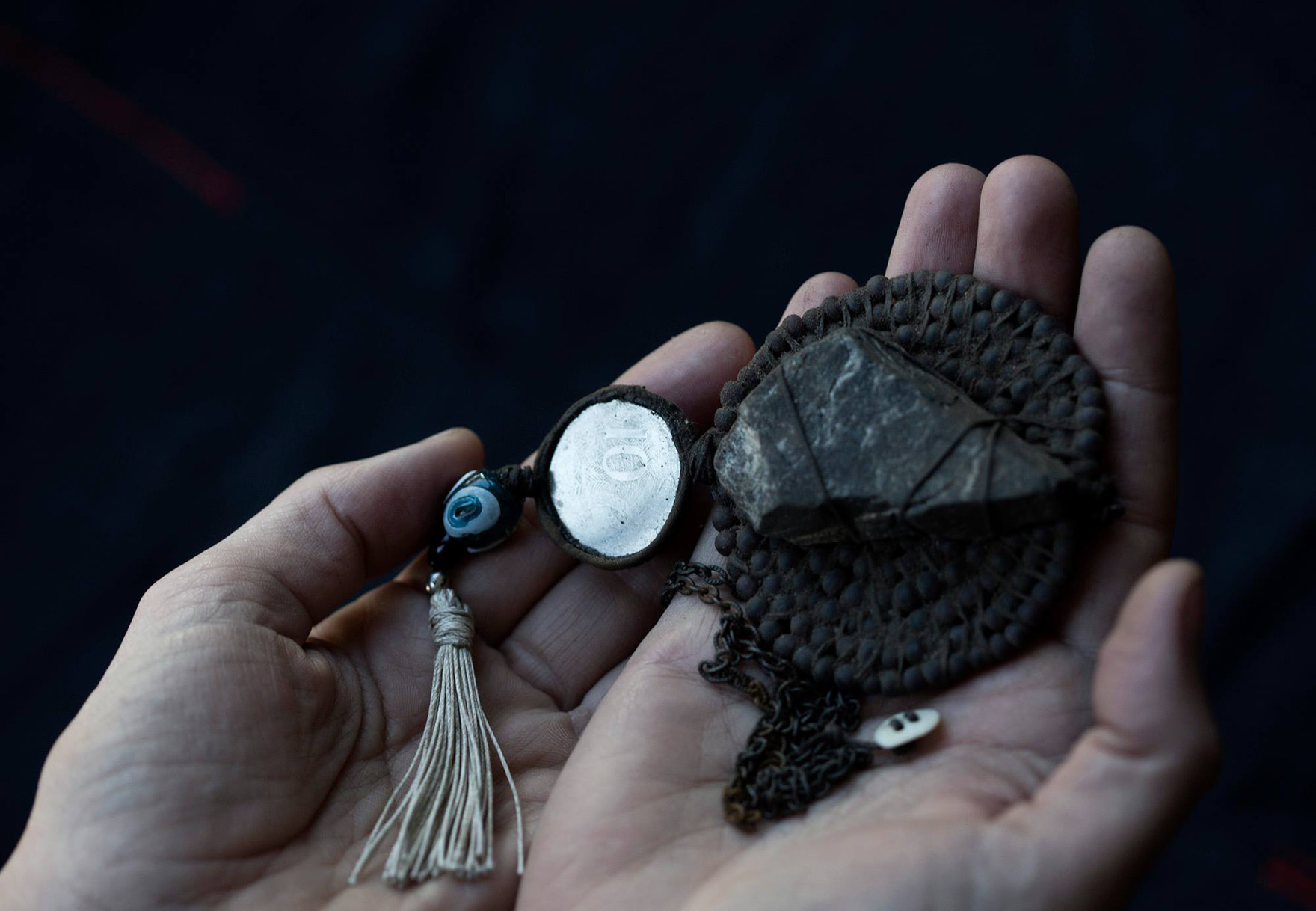 Artwork & Photo by Peachey & Mosig
Artwork & Photo by Peachey & Mosig
In late 2016, Heath was contacted by Molonglo Group in Canberra to curate an exhibition that would be held in their ‘cabinets of curiosity’ at Hotel Hotel — a collection of custom made vitrines located in the various common spaces of the hotel. The initiative is perhaps described best by Molonglo themselves: “With this project we invite curators, artists, and designers to fill the cabinets on our ground floor with artefacts that document our existence and tell a story about who ‘we’ are and what is important to us.”
The concept developed by Heath for this purpose was Rainbow’s End, an exhibition that imagines what Australia might look like towards the end of this century if we continue down our current path.
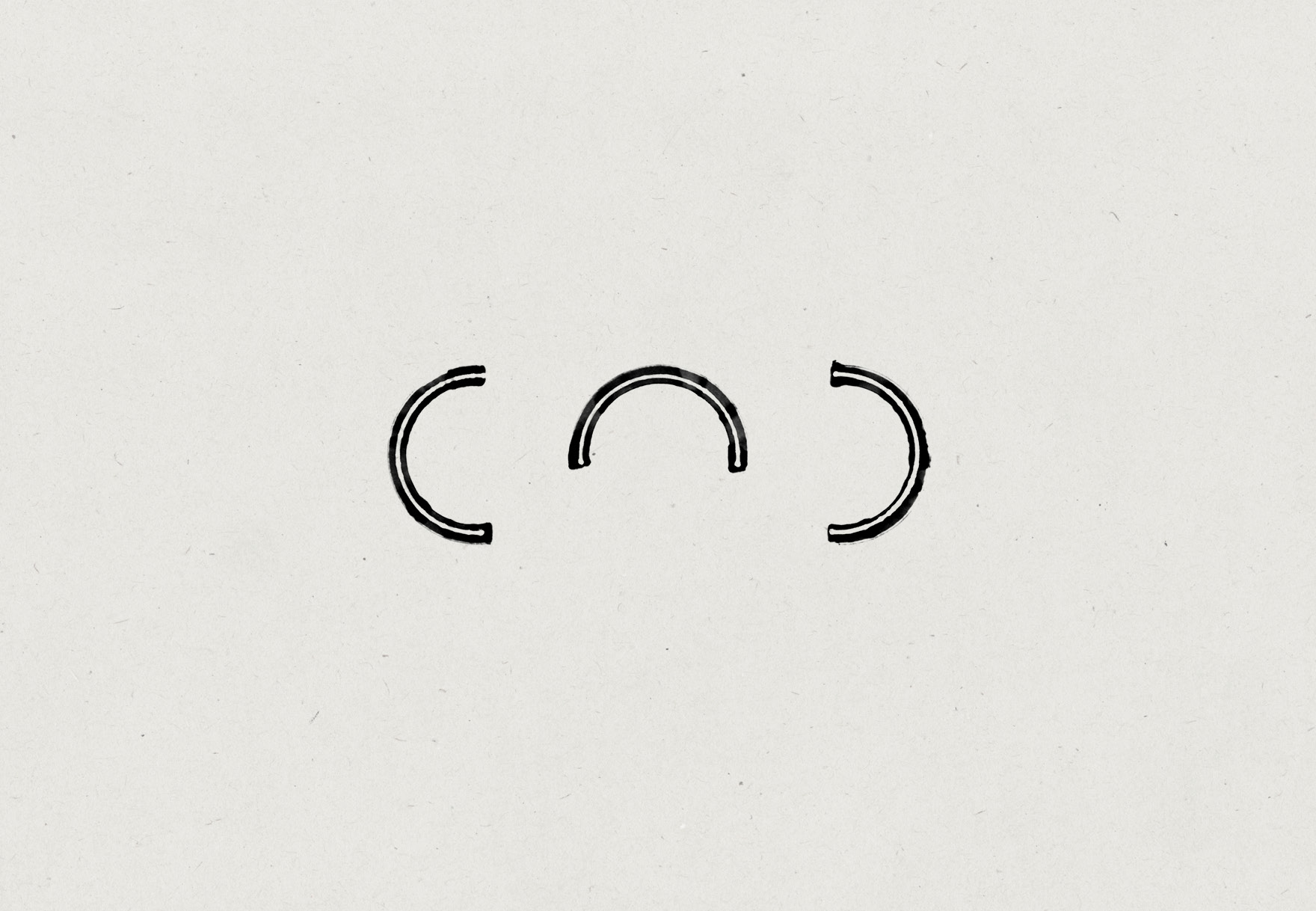 Rainbow’s End Logo
Rainbow’s End Logo
Rainbow’s End Type
![]()
![]()
![]()
HOTEL HOTEL views ● PhotoS: Scottie Cameron



HOTEL HOTEL views ● PhotoS: Scottie Cameron
The brief, created by Heath, was for participants to imagine a future 50 years from now and to create an artefact that tells a story about that possible world. Participants were asked to consider the issues of the present day - to imagine where they might be taking us and how we might respond culturally to the impact of climate change, population growth, species loss, and other significant global events that may come to pass such as nuclear war.
12 artists and designers were invited to participate, including Fred Fowler, Tracey Deep, Liane Rossler, Kevina Jo Smith, and Dale Hardiman. Heath worked closely with participants over the course six months to help realise their visions. In addition to developing the concept and successfully managing the participants, Heath also designed a visual language and wrote marketing materials for the exhibition - which were deployed across all of Hotel Hotel’s communication channels.
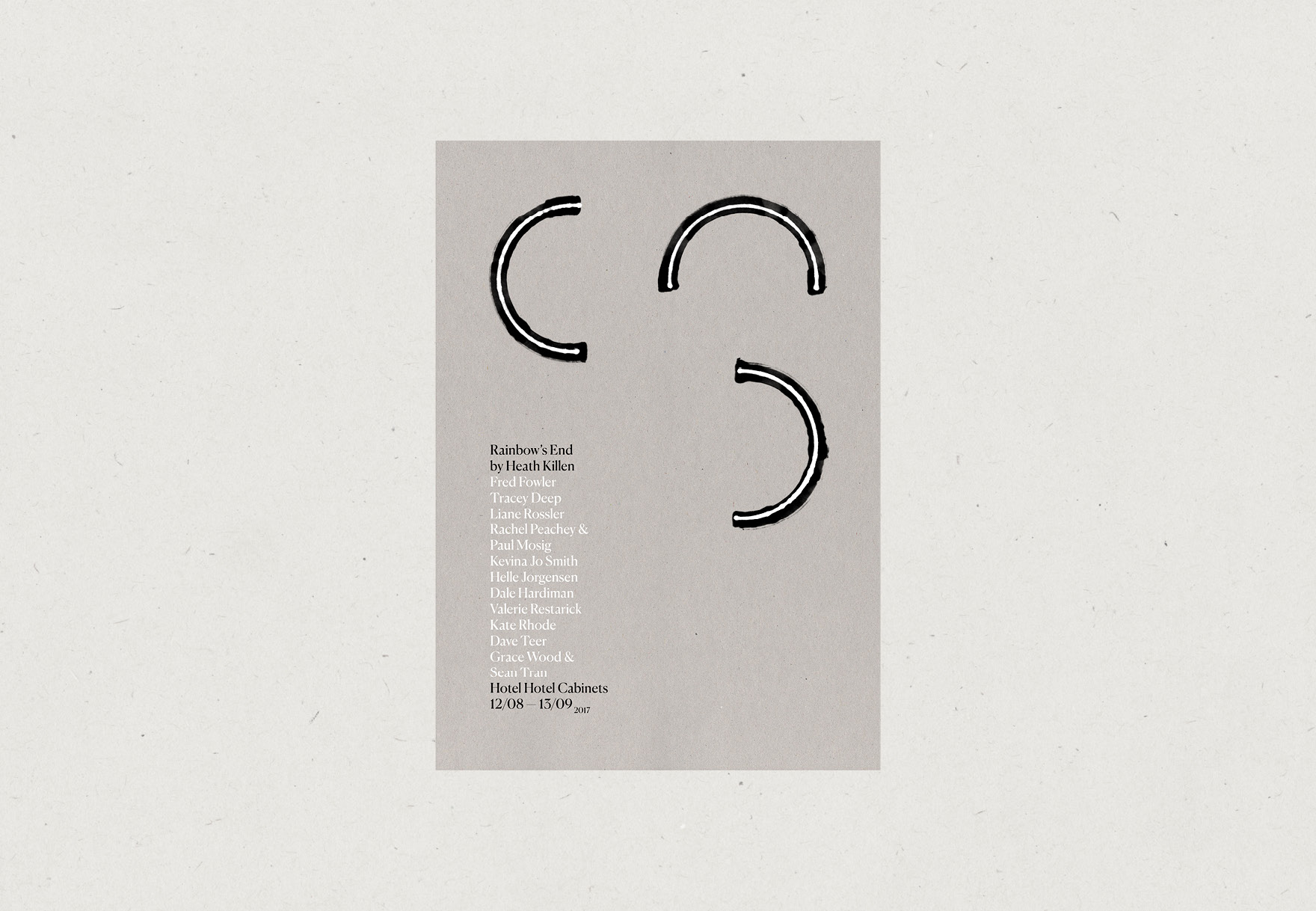 Rainbow’s End poster
Rainbow’s End poster
Rainbow’s End social media teaser

Rainbow’s End artefacts shared on Instagram
Heath managed the project from its conception to its completion, ensuring that all objects were created on time, and delivered to the warm and professional team at Molonglo for exhibition. The venue itself is widely recognised for its innovative design and approach to cultural programming, and is host to people from all over the world visiting Australia’s capital city.
Beyond the visual power and production quality of the artefacts themselves, there was an astonishing depth to the storytelling behind them all. Each participant went to create lengths to provide the context and meaning behind their creations, all of which have been published on the Hotel Hotel website.
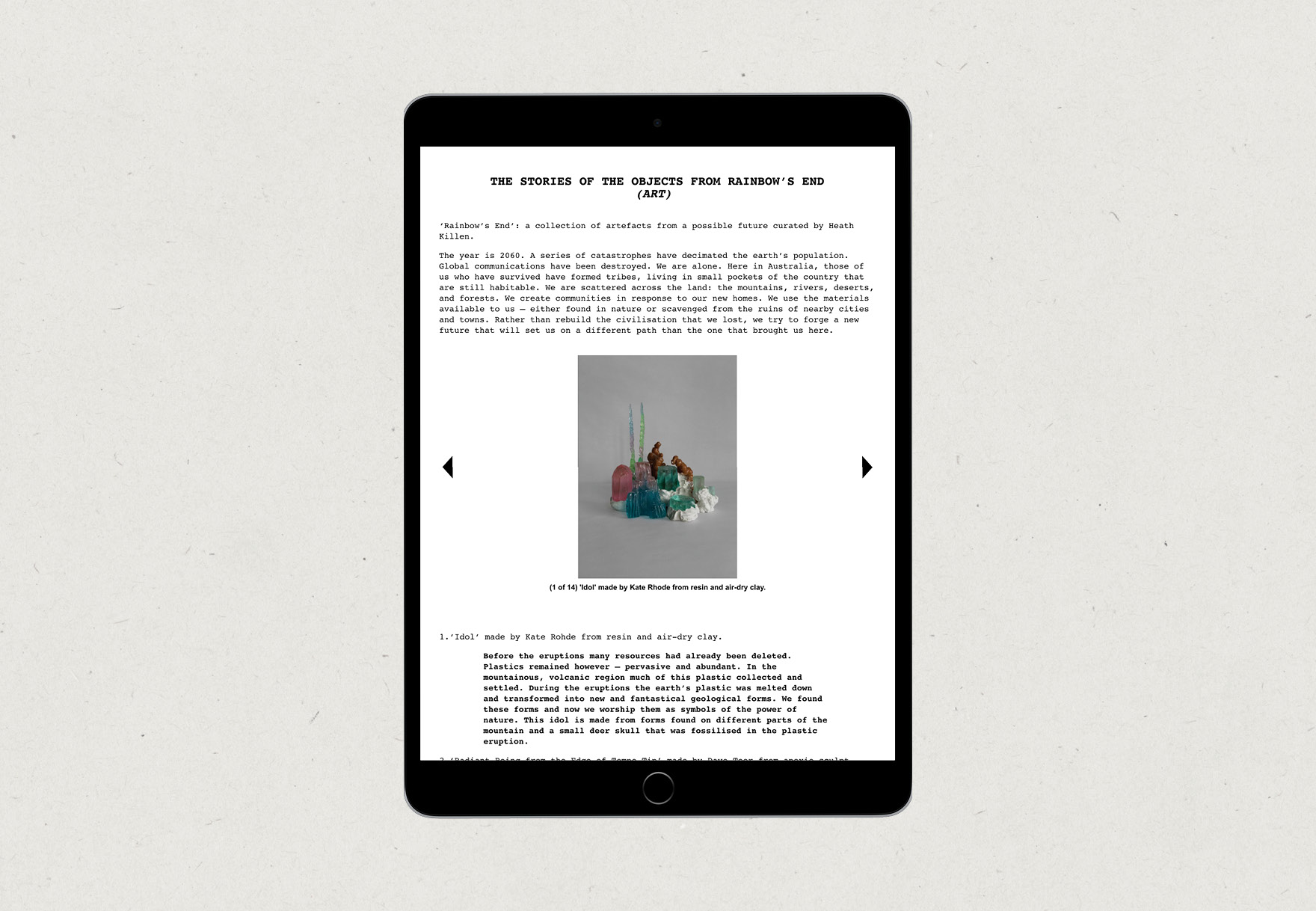 Rainbow’s End stories on the Hotel Hotel website
Rainbow’s End stories on the Hotel Hotel website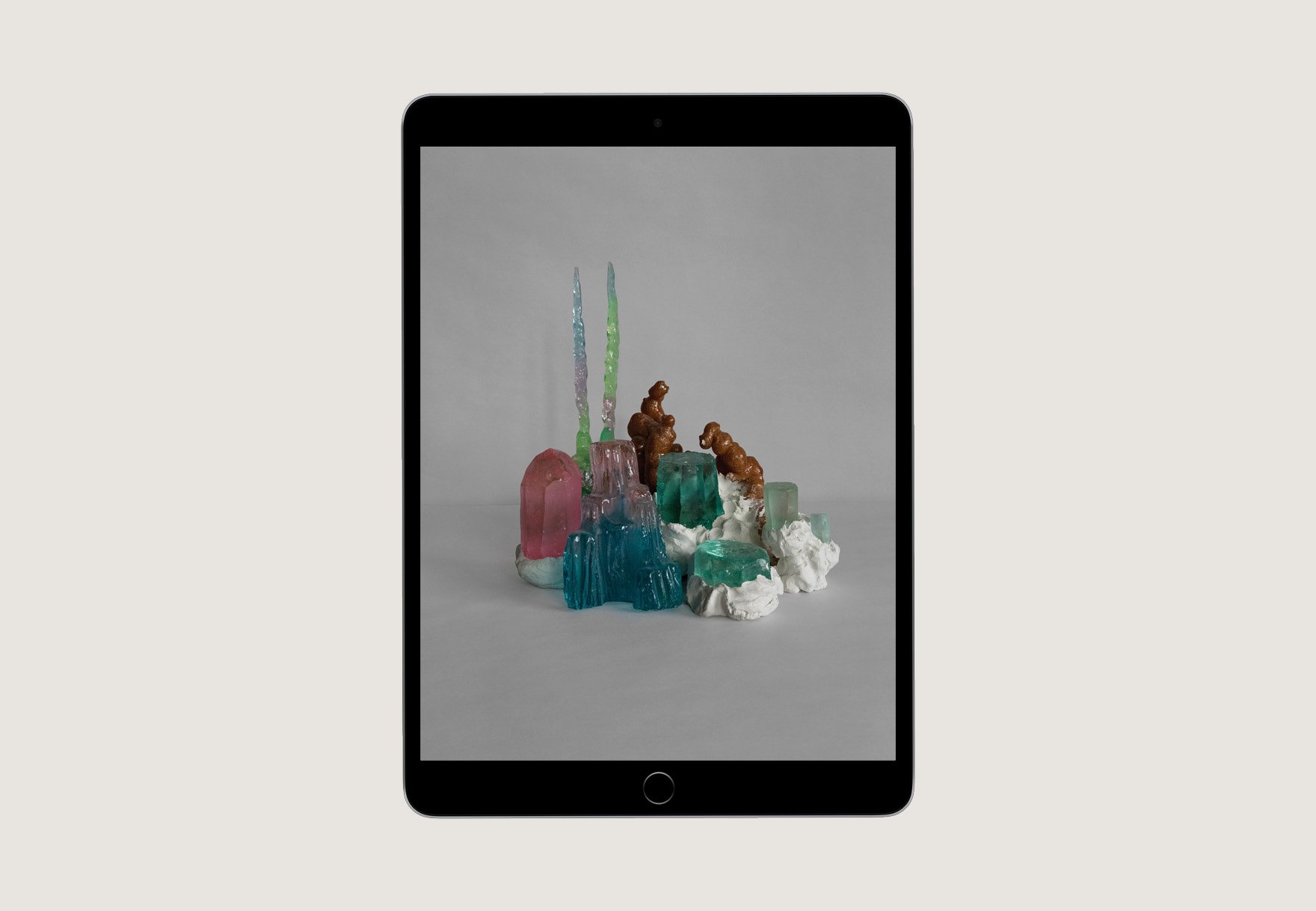
Rainbow’s End stories on the Hotel Hotel website
A great example of the visionary storytelling from this project comes from resin artist Kate Rhode:
“Before the eruptions many resources had already been deleted. Plastics remained however – pervasive and abundant. In the mountainous, volcanic region much of this plastic collected and settled. During the eruptions the earth’s plastic was melted down and transformed into new and fantastical geological forms. We found these forms and now we worship them as symbols of the power of nature. This idol is made from forms found on different parts of the mountain and a small deer skull that was fossilised in the plastic eruption.”
Another is Jellyfish by Grace Wood & Sean Tran of Atelier Sshorn:
“When speculations first began about global warming, many years ago, the focus was on those species that would die out. As predicted; the most vulnerable species died first. Amongst many others – the Polar bears, the Adelie penguins and the Green Sea turtles. When the catastrophes happened, it wasn’t just the human population that was decimated. 99.99% of the earth’s species died. We are left with a handful of animals – wild boar, feral cats, rat snakes, mosquitoes, the Brown Argus butterfly, and jellyfish. As temperatures increased the jellyfish thrived. We watched the jellyfish in the wild; subtly luminescent and lingering in suspension. We conceived of ‘Jellyfish’ as a garment for a body of light to use in our everyday lives, serving as a reminder of the subsurface effects of global warming.”

Kevina Jo—Smith ● Photo: Louisa Clayton
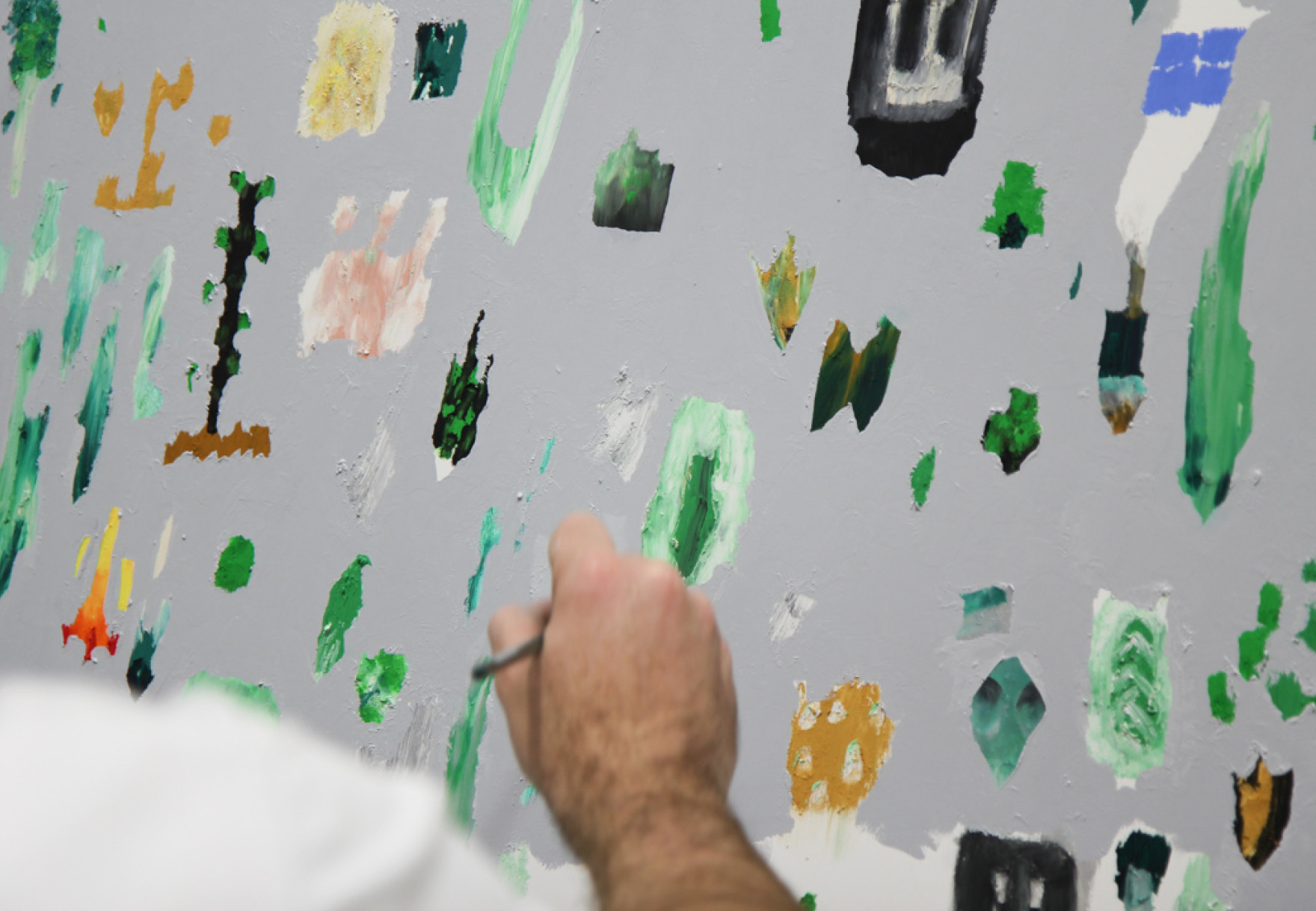
Fred Fowler

Dale Hardiman ● Photo: Lee Grant
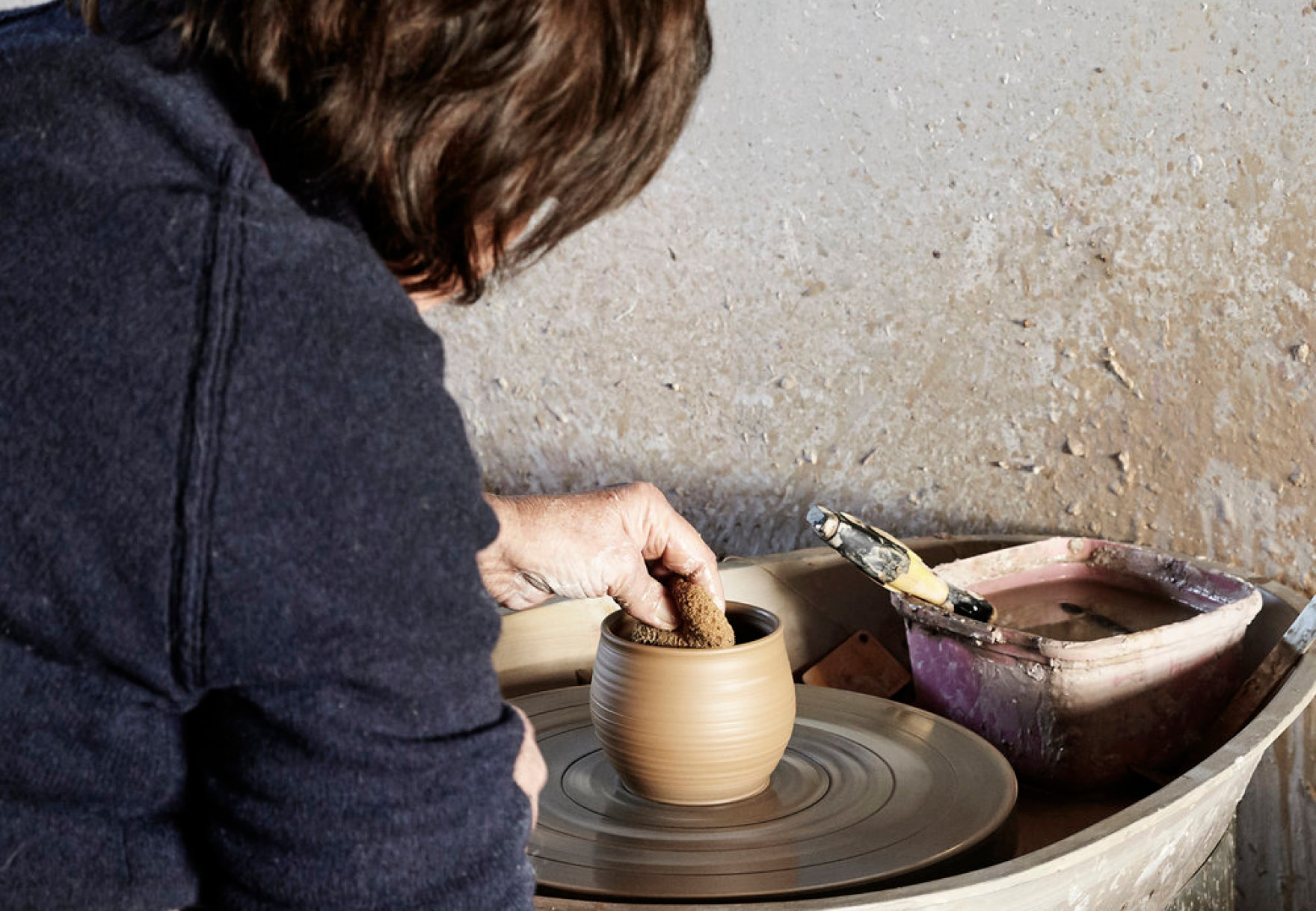
Valerie Restarick ● Photo: Caitlin Mills

Tracey Deep ● Photo: Dean Tirkot
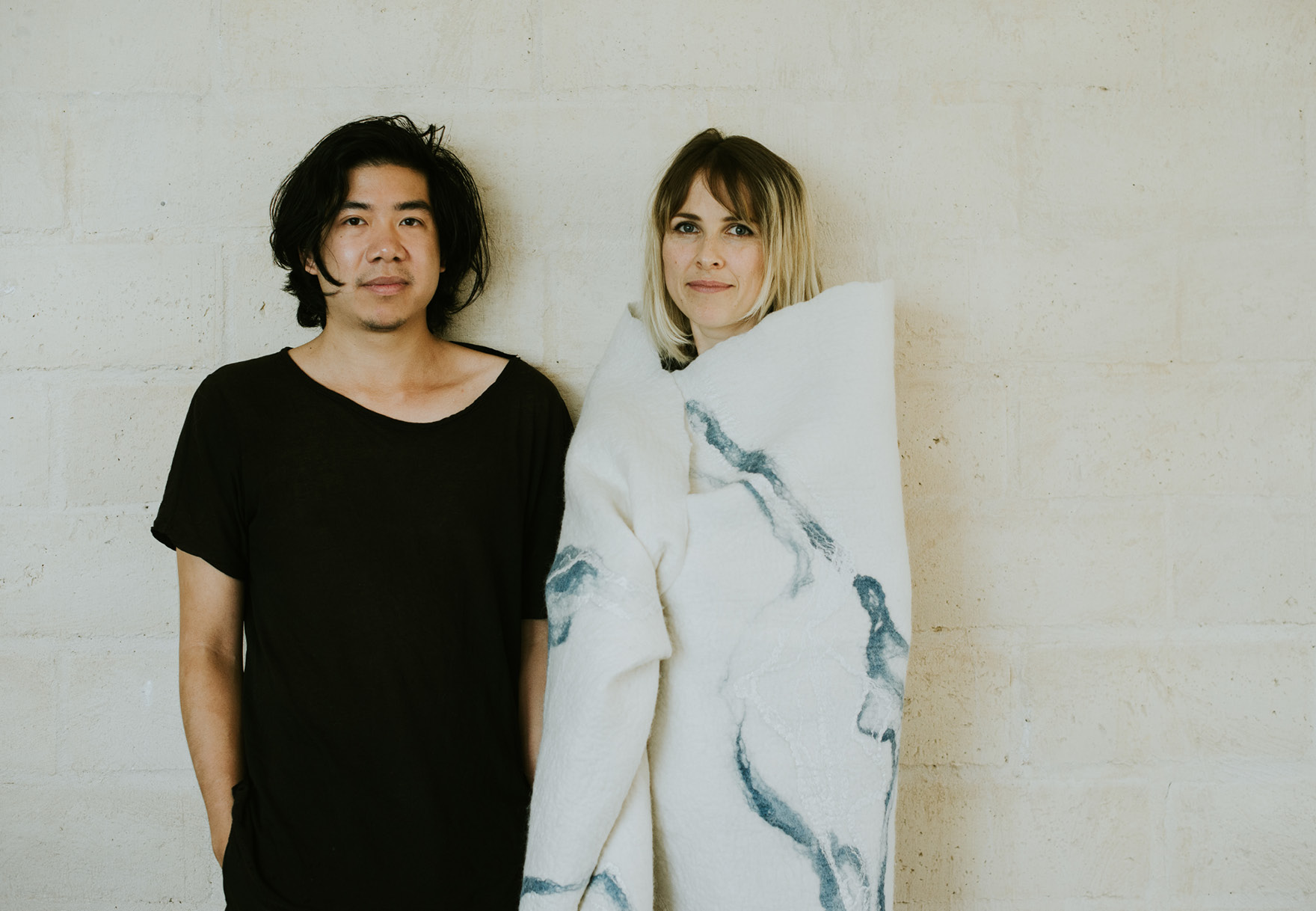
Atelier Sshorn ● Photo: Ona Janzen
Some examples of the works are below, showcasing the diversity of the responses, which range from purely ecological and environmental, to functional tools.
 Idol by Kate Rhode
Idol by Kate Rhode
Safety Goggles by Helle Jorgensen
 Akuna Kuranya by Tracey Deep
Akuna Kuranya by Tracey Deep
‘Death Mask for the Equation’ by Fred Fowler
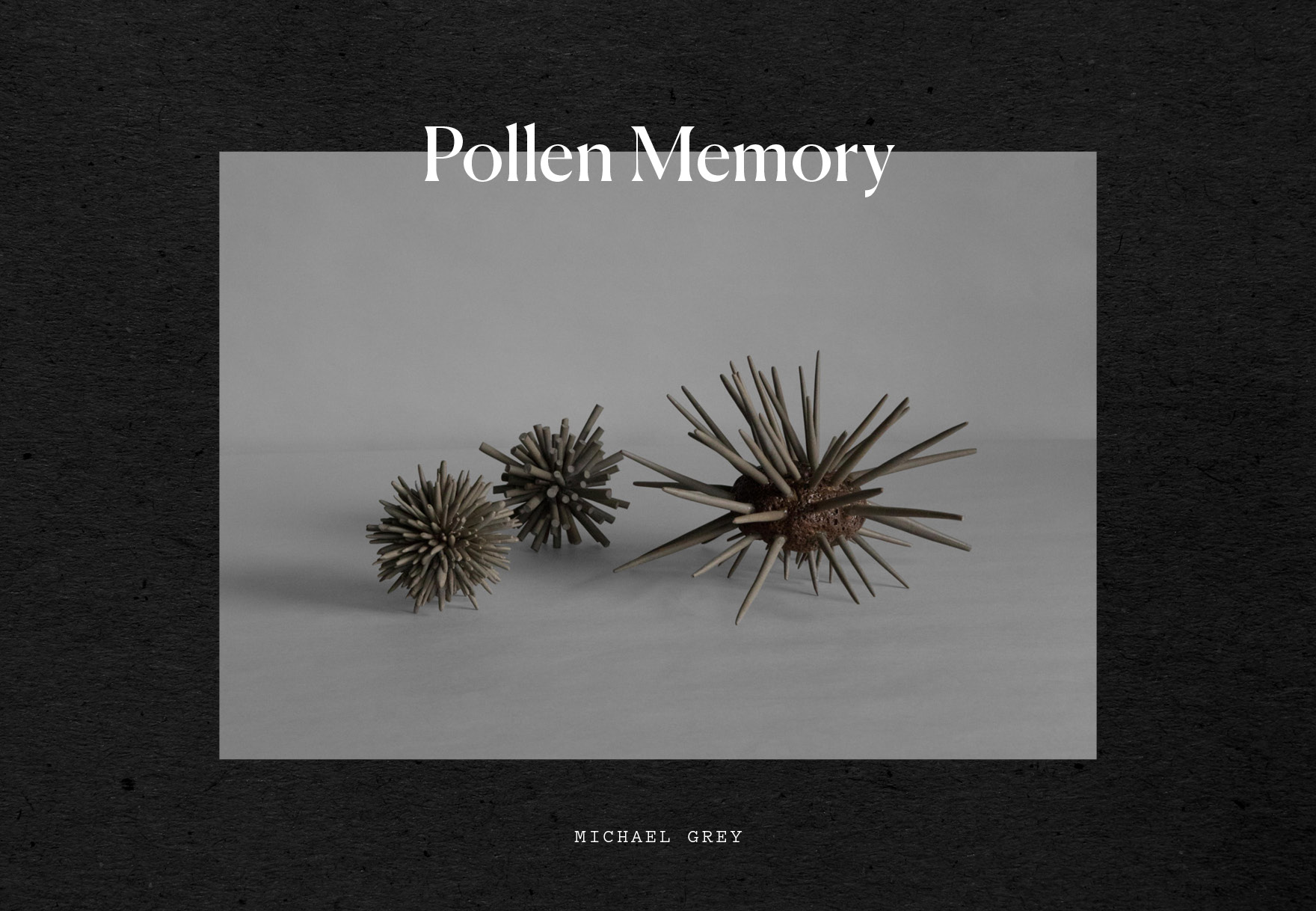
‘Pollen Memory’ by Michael Grey

Jellyfish by Atelier Sshorn
The exhibition was so well received by visitors and the Hotel Hotel team that it was extended by five weeks, in addition to its initial four.
 Entrance to Hotel Hotel
Entrance to Hotel Hotel